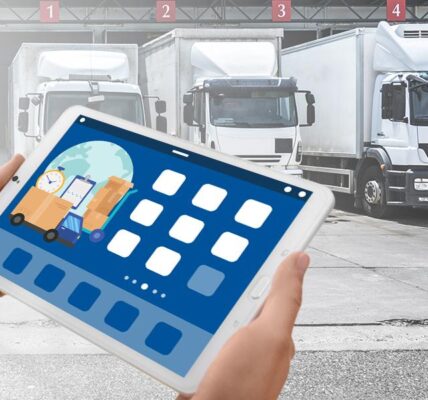In the evolving digital financial landscape, businesses and financial institutions require instant, cost-effective, and reliable payment solutions to meet global demands. Traditional banking systems such as SWIFT often involve multiple intermediaries, slow processing times, and high transaction costs, making them inefficient for modern cross-border payments. XRP, the digital asset native to the XRP Ledger, is emerging as a game-changer, facilitating real-time settlements and transforming payment systems. By leveraging blockchain technology, XRP offers seamless, low-cost, and high-speed transactions, setting a new standard for global financial efficiency.
The Growing Demand for Real-Time Settlements
Legacy financial institutions face challenges in processing international payments due to outdated infrastructure, intermediary banks, and the necessity for pre-funded foreign accounts. These factors result in long settlement times, high foreign exchange fees, and liquidity limitations. With an increasing reliance on digital financial transactions, businesses and consumers are seeking faster and more efficient solutions. The XRP Ledger, designed for speed and scalability, is positioned to address these issues, offering near-instant settlements without the need for multiple intermediaries.
XRP’s Function in Real-Time Settlements
As a bridge currency, XRP enhances the efficiency of cross-border transactions, benefiting banks and large-scale financial institutions. Key features of XRP that contribute to real-time settlements include:
Lightning-Fast Transactions
XRP transactions are processed within 3 to 5 seconds, making it one of the fastest cross-border payment solutions available today. This enables businesses, financial institutions, and consumers to finalize payments almost instantly, improving cash flow and financial management.
Low Transaction Costs
Traditional financial networks impose high fees due to multiple intermediary banks and currency conversion processes. In contrast, transactions on the XRP Ledger cost approximately 0.0002 XRP, making it significantly more affordable than traditional banking systems.
Liquidity and Capital Optimization
XRP’s function as a bridge currency eliminates the need for pre-funded accounts, reducing capital constraints and improving liquidity management. Ripple’s On-Demand Liquidity (ODL) solution enables financial institutions to source XRP instantly, convert it into the required currency, and settle payments in seconds. This reduces the need for large cash reserves and enhances operational efficiency.
RippleNet: A Game-Changer in Payment Innovation
Ripple, the company behind XRP, has developed RippleNet, a global payment network that connects banks, financial institutions, and payment providers. By integrating XRP, RippleNet enhances cross-border transactions by offering high-speed, transparent, and low-cost payment solutions. Some of the key components of RippleNet include:
- On-Demand Liquidity (ODL): Allows for real-time currency conversion and instant settlements using XRP, eliminating pre-funded accounts and intermediary delays.
- xCurrent: Provides financial institutions with a seamless solution for instant cross-border payments.
- xRapid: Leverages XRP to enhance liquidity and lower the overall transaction costs for businesses and banks.
Use Cases of XRP in Payment Transformation
XRP is revolutionizing financial transactions across various industries, including:
- Remittances and Cross-Border Payments: XRP enables cost-effective and rapid international money transfers, benefiting individuals and businesses alike.
- E-Commerce and Digital Transactions: Online businesses and merchants can integrate XRP as a payment option, facilitating instant settlements without relying on traditional financial intermediaries.
- B2B International Trade: Businesses conducting cross-border transactions with international suppliers and partners can use XRP to reduce costs and improve transaction efficiency.
Conclusion
XRP is redefining real-time settlements and payment efficiency by offering a blockchain-powered solution that is fast, cost-effective, and liquid. As Ripple continues to expand its blockchain network and financial partnerships, XRP is set to play a pivotal role in the future of global finance. Businesses and financial institutions that adopt XRP can enhance their transaction speed, optimize liquidity, and reduce operational costs, making it a cornerstone of modern cross-border payments.










